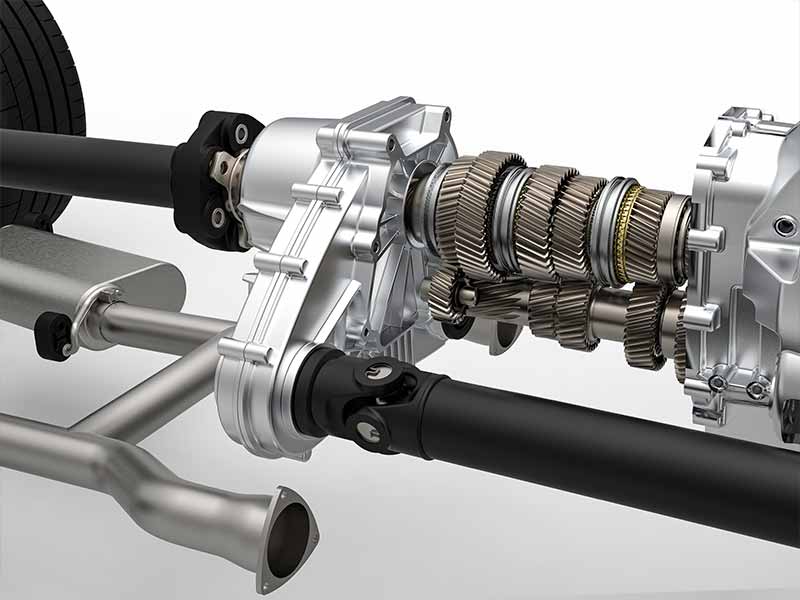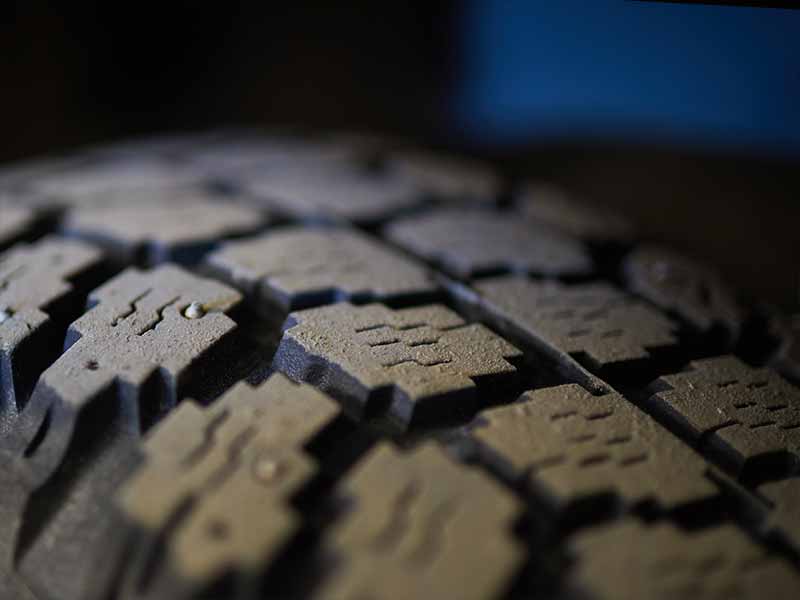Tread depth difference between tires is something most people don’t give much thought to, and for most people, it isn’t a concern. There are situations where it should get some attention, however.
As more electronic stability and traction control systems and similar electronic enhancements are added to your cars and trucks, maintaining predictable grip and rolling diameters are important.
Acceptable Tread Depth Difference
An acceptable tread depth difference is usually recommended to be between 2/32″ and 6/32″ by most manufacturer’s of all wheel drive vehicles.
Refer to your owner’s manual for specific recommendations.
FWD and RWD cars and trucks should try to maintain this margin of difference across the front or rear axle, but differences front to rear are not serious concern.
New tires are expensive and we all want to get the most value out of our existing tires. Some situations are more concerning than others, however.
Let’s take a closer look.
Is It OK To Replace Just One Tire?
What happens if you notice one of your tires is damaged, unevenly worn, or ready to be replaced? First, you’ll check your other three tires and gauge their health. If you find that only one tire is due for a replacement, then you might be tempted to just swap out the one, but is it okay to replace just one tire?
In most cases, it is not recommended to replace just one tire.
The only exception to this rule is if all four tires are nearly new. This happens when you have tire damage to one tire — you can replace just one if the other three are new tires as well.
The driving factor behind this decision is balance and grip. If you have three worn tires and one brand-new one, your car isn’t balanced. You’ll have too much grip on one wheel. This will cause you to lose control, drift, and suffer issues under strong braking or acceleration.
At a minimum, you should replace both front or rear tires if you have a FWD or RWD car. If you have an AWD or 4WD, you may need to replace all four. Check your owner’s manual for their requirements.
No matter your situation, you should also replace all four if your other tires have around 4/32” or less tread depth.
Different Tread Depth on Same Axle
If you have different tread depths on the front and rear tires (on the same axle), it’s possible you can run into some problems:
- Trouble taking corners
- Hard time maintaining a straight line
- Issues losing control under harsh braking or accelerating
- Suspension issues
Your vehicle’s tires being imbalanced across the front or rear axle of your car can be a safety concern. It’s similar to putting an off-roading tire and a drag-racing tire on the rear axle and expecting your car to be okay.
The depth of your tires’ tread is largely responsible for the overall performance of your vehicle. Minor differences are not a serious issue, but as you move toward more extreme differences in tire circumference you begin to see the above bulleted issues.
This is especially true when you’re at the limits of your tire’s abilities, such as in emergency situations when trying to avoid an accident.
Is It OK To Have Tires with Different Tread Depth?
In most situations, it’s totally fine to have different tread depths, but the important thing to know is that you shouldn’t have too extreme of a difference.
Chances are, even large differences in tread depth between front and rear tires won’t be an issue. Differences in tire circumference between front tires and rear tires can be a little more problematic.
It’s always best to ensure all four tires have a similar tread depth on your vehicle. Having one or two tires that have significantly different tread depths could cause some performance issues and confuse traction control and anti-lock braking systems.
Drivetrain Damage from Mismatched Tires
There are mechanical damages that can come from using significantly mismatched tires. Looking specifically at the drivetrain, some components could get damaged or struggle to adapt to the differences in diameter:
- Transmissions
- Differentials
- Traction Control Systems
- Anti-Lock Braking Systems
Mismatched tires lead to imbalance and non-symmetric loads across your drivetrain components. Over time, this imbalance can cause some mechanical parts to wear down more quickly and fail.
Your car is designed with the assumption that all four tires will be identical and will touch the road at the same time. It is also designed to perform properly when traction and measurements are similar.
If you have one worn tire, for example, there will be less tread so the overall height of the tire will be shorter. This will cause the worn tire to spin more quickly than the one with more tread depth remaining.
Tread wear affects the circumference (rolling diameter) of your tire. Stability control systems rely on having relatively similar tread patterns and rolling diameters. This means that they can struggle to help you regain traction when at the limits of grip. This usually occurs when you’re in a panic situation and this scenario will make things more complex.

All Wheel Drive Tire Replacement
With all-wheel drive vehicles or four-wheel drive vehicles, tire replacement is even more important. All four wheels are powered, meaning that there are more components and electronic systems that rely on similar rolling diameters and performance characteristics. It takes the physics from FWD or RWD cars and escalates it to the next level.
Smaller differences or imbalances in all-wheel drive vehicles can be accounted for, but more extreme differences can lead to unpredictable results and potential damage.
We recommend replacing a pair of tires on the same axle, but you should consider replacing all four tires on all-wheel drive cars and trucks unless your owner’s manual specifically indicates that it’s okay to do otherwise.
Resources
Below are some links you may find helpful when learning about tires
- Do all four tires need to match on an all wheel drive or four wheel drive vehicle – Tire Rack
- Mixing tire tread depths – Discount Tire
Final Thoughts
Differences in tread depth can get overblown, but there is some truth to the warnings for an AWD vehicle and maintaining tread depths relatively consistently across the front or rear axle.
2/32″ to 6/32″ seem to be common recommendations from manufacturers and I won’t argue with them on that point.
Good luck and happy motoring.





